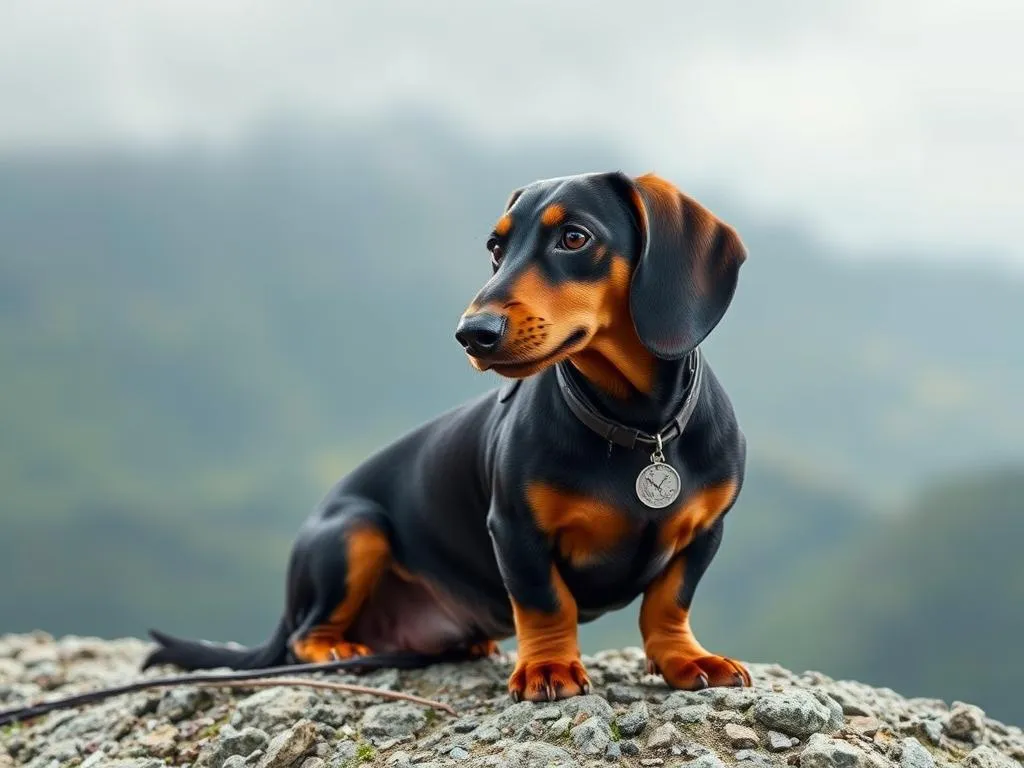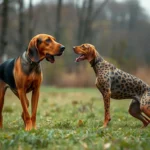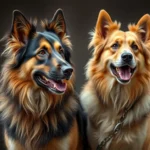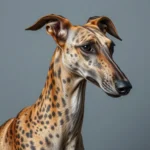
Understanding dog breeds is essential for anyone considering adding a canine companion to their life. Each breed has its own unique characteristics, temperament, and care needs, which can significantly impact their compatibility with potential owners. Among the myriad of breeds, the Alpine Dachsbracke stands out for its distinctive traits and rich history.
Understanding Dog Breeds
Definition of a Dog Breed
A dog breed is a specific genetic lineage of dogs that share common characteristics, such as appearance, size, and behavior. These traits are the result of selective breeding practices over generations. Breeders focus on specific attributes to enhance certain characteristics, which leads to the creation of distinct breeds. The Alpine Dachsbracke is one such breed, developed for specific purposes and exhibiting unique features.
The Importance of Dog Breeds
Different dog breeds serve various purposes, from companionship and protection to work and hunting. Understanding the characteristics of each breed can help potential owners make informed decisions based on their lifestyle and preferences. For instance, hunting breeds like the Alpine Dachsbracke are often more active and require rigorous exercise, while companion breeds may thrive in more relaxed environments.
The Alpine Dachsbracke: A Closer Look
Origin and History
The Alpine Dachsbracke originated in the mountainous regions of Austria and Slovenia. This breed was developed primarily for hunting purposes, particularly for tracking game in dense forests and rugged terrains. The breed’s history dates back several centuries, with roots that can be traced to ancient hound types. Over time, the Alpine Dachsbracke evolved to become a versatile hunting dog, known for its keen sense of smell and endurance.
Physical Characteristics
The Alpine Dachsbracke is a medium-sized dog, typically weighing between 30 to 40 pounds and standing about 12 to 15 inches tall at the shoulder. They have a robust and muscular build, which enables them to navigate challenging landscapes. Their coat is short and dense, usually coming in a combination of colors such as black, tan, and red. Grooming needs are relatively low, requiring only occasional brushing to keep their coat healthy.
Distinctive features of the Alpine Dachsbracke include long, droopy ears and a slightly curved tail. Their expressive eyes and strong facial structure contribute to their charming appearance.
Temperament and Behavior
The temperament of the Alpine Dachsbracke is generally friendly and outgoing. They are known for their loyalty and strong bond with their families, making them excellent companions. These dogs thrive on human interaction and require socialization from an early age to develop well-rounded behavior.
In terms of intelligence, the Alpine Dachsbracke is quite sharp and eager to learn, which makes training relatively straightforward. However, consistency and positive reinforcement are essential to ensure they respond well to commands. Their energetic nature means they also require regular mental stimulation to keep them engaged.
Health and Care
Common Health Issues
Like all breeds, the Alpine Dachsbracke is predisposed to certain health issues. Some common concerns include hip dysplasia, ear infections due to their floppy ears, and obesity if not properly exercised. Regular veterinary check-ups and a keen eye for any health changes are vital for maintaining their well-being.
Preventive measures include a balanced diet, routine exercise, and maintaining ear hygiene to prevent infections. Owners should be aware of these potential issues and take proactive steps to mitigate them.
Nutrition and Diet
Providing a well-balanced diet is crucial for the health of the Alpine Dachsbracke. High-quality commercial dog food formulated for their size and activity level is recommended. It’s essential to consider their age, as puppies have different nutritional needs compared to adults.
In addition to dry kibble, owners can incorporate fresh fruits and vegetables as treats, ensuring they avoid toxic foods like grapes and chocolate. Always consult with a veterinarian to tailor a diet that best suits your dog’s individual needs.
Exercise Requirements
The Alpine Dachsbracke is an active breed that requires regular exercise to stay healthy and happy. Daily walks, playtime, and interactive games are ideal for keeping them physically stimulated. A minimum of 60 minutes of exercise per day is recommended, with activities such as hiking being particularly beneficial due to their hunting background.
Engaging in outdoor activities not only helps maintain their physical health but also provides mental stimulation, which is crucial for preventing boredom-related behavioral issues.
Training and Socialization
Importance of Early Training
Early training is essential for the Alpine Dachsbracke to ensure they grow into well-mannered adults. Starting training at a young age helps them develop good habits and reduces the likelihood of behavioral problems later on. Basic obedience training should focus on commands such as sit, stay, and come.
Positive reinforcement techniques, such as treats and praise, work best with this breed. Consistency in training sessions will lead to better results and a stronger bond between dog and owner.
Socialization Tips
Socialization is equally important for the Alpine Dachsbracke. Exposing them to various environments, people, and other animals is crucial for their development. Puppy classes, dog parks, and playdates are excellent opportunities for socializing.
It’s essential to ensure that these experiences are positive, as negative encounters can lead to fear or aggression. Gradually introducing them to new situations will help build their confidence and adaptability.
Common Training Challenges
While the Alpine Dachsbracke is generally eager to please, they can exhibit stubbornness at times. This trait may lead to challenges during training, especially if they sense a lack of leadership. Owners should remain patient and persistent, adapting their methods as necessary.
If behavioral issues arise, such as excessive barking or digging, addressing these problems early is important. Seeking the guidance of a professional dog trainer can provide additional support and strategies for overcoming these challenges.
Living with an Alpine Dachsbracke
Ideal Living Environment
The Alpine Dachsbracke can adapt to various living situations, but they thrive in homes with ample outdoor space. A house with a secure yard is ideal, as it allows them to run and explore. However, they can also live in apartments as long as they receive sufficient exercise.
Family dynamics play a role in their compatibility; they generally do well with children and can be good family pets. Ensuring that they have a structured routine will help them feel secure in their environment.
Grooming Needs
Grooming the Alpine Dachsbracke is relatively straightforward. Their short coat requires minimal maintenance, typically needing a brushing once a week to remove loose hair and dirt. Regularly checking their ears and trimming their nails will help maintain their overall health.
Bathing should be done only as needed to avoid stripping their coat of natural oils. Utilizing appropriate grooming tools, such as a rubber curry brush and ear cleaner, will enhance their grooming routine.
Bonding with Your Alpine Dachsbracke
Building a strong bond with an Alpine Dachsbracke involves quality time spent together. Engaging in activities such as hiking, playing fetch, or participating in dog sports can strengthen your relationship. These activities not only provide physical exercise but also foster emotional connections.
Moreover, positive interactions, consistent training, and affection are vital for creating a strong bond. The Alpine Dachsbracke thrives on companionship and emotional support, making them devoted family members.
Conclusion
In summary, the Alpine Dachsbracke is a unique breed characterized by its rich history, friendly temperament, and active lifestyle. Understanding their specific needs in terms of health, training, and socialization is crucial for any potential owner. Choosing the right breed for your lifestyle is essential, and the Alpine Dachsbracke offers the potential for a loyal and versatile companion.
By recognizing the distinctive traits and requirements of the Alpine Dachsbracke, owners can foster a fulfilling relationship with their canine friend, enhancing both their lives in the process.









